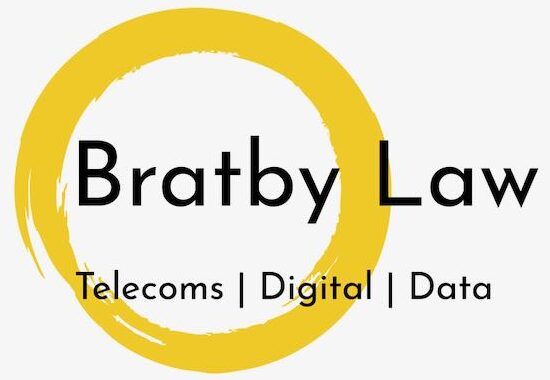In today’s connected world a lot of what passes for news is more of a rolling update – a snippet of new information that is not terribly unexpected. However, today’s announcement by Fujitsu that it is planning to deploy a fibre to the home (FTTH) network to over 5 million UK rural homes really is new, in that it was unexpected and market changing.
Until this announcement, received wisdom was that there were only two players in the UK’s next generation broadband infrastructure market – BT Openreach and Virgin Media. Both of these players have been focussing their rollout on the lucrative dense urban areas, and the expectation was that government subsidy to stimulate fibre deployment to the ‘final third’ (the third of the country where deployment is uneconomic without financial assistance) would be taken up by BT Openreach.
The project appears to be well thought through with two large ISPs – Virgin and TalkTalk apparently committed to purchasing the venture’s wholesale outputs. The underlying technology is fibre to the home, based on Cisco technology with initial speeds of 1GB/s, upgradeable to 10GB/s and above.
However, the deployment is predicated on two regulatory assumptions:
- Access to BT’s ducts and poles on fair, reasonable and non-discriminatory terms; and
- Access to a significant proportion of the available government subsidy.
Neither of these assumptions can be taken as read. Whilst BT is progressing its passive infrastructure access product, there remain significant problems with its current offer and I understand that industry remains very concerned about the restrictions within BT’s current proposed contract.
So far as the subsidy is concerned, I would expect to see BT Openreach fight very hard to retain the subsidies it would previously have taken for granted. Competition for subsidy is good news for tax payers, provided that Fujitsu’s venture gets over whatever threshold it needs to get off the ground.
